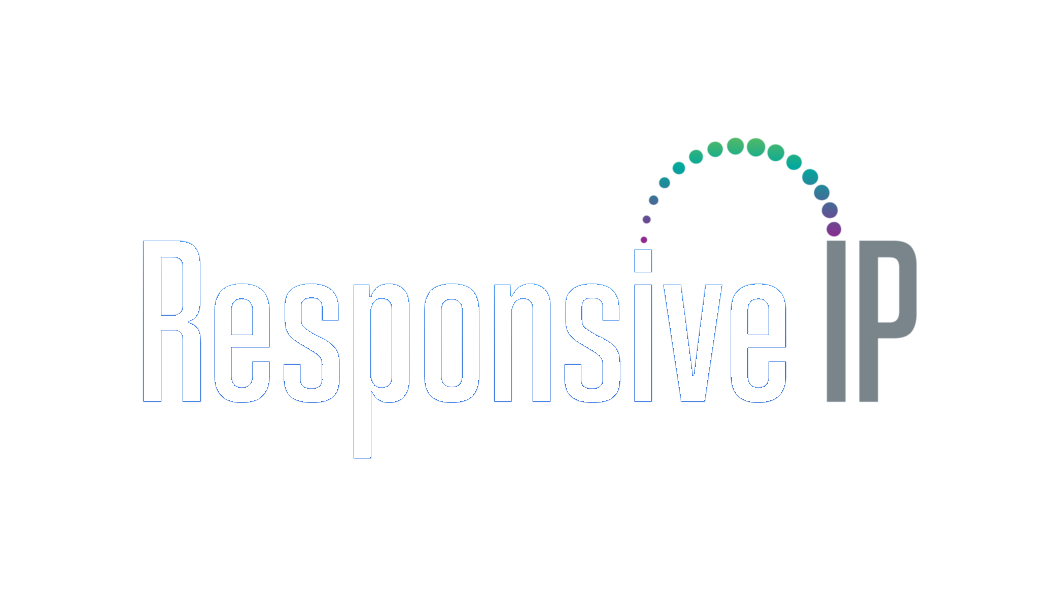Protecting Your Business Communications: A Comprehensive Guide to PBX Security

1. Introduction
In today’s digital age, businesses rely heavily on Private Branch Exchange (PBX) systems for their internal and external communications. However, with increased connectivity comes the risk of security breaches and cyberattacks. Ensuring the security of your PBX system is paramount to safeguarding sensitive information and maintaining operational continuity.
2. Understanding PBX Security
Securing your PBX system involves implementing measures to protect it from unauthorized access, fraud, and other potential threats. From network security protocols to encryption techniques, every aspect of your PBX infrastructure requires careful consideration to mitigate risks effectively.PBX security encompasses various elements, including network security, access controls, encryption, monitoring, and regular audits. By addressing each of these components comprehensively, you can create a robust security framework that safeguards your business communications.
3. Network Security Protocols
One of the fundamental aspects of PBX security is implementing robust network security protocols. This includes firewalls, intrusion detection systems (IDS), virtual private networks (VPNs), and regular security updates. By securing your network infrastructure, you can prevent unauthorized access and protect your PBX system from external threats.
4. Access Controls
Effective access controls are essential for limiting access to your PBX system only to authorized users. Implement strong authentication mechanisms such as multi-factor authentication (MFA) and role-based access control (RBAC) to prevent unauthorized access. Regularly review and update access permissions to ensure compliance with security policies.
5. Encryption
Encrypting your communications is crucial for protecting sensitive data transmitted over your PBX system. Implement end-to-end encryption for voice calls, messages, and other forms of communication to prevent eavesdropping and interception by malicious actors. Additionally, use strong encryption algorithms and regularly update encryption keys to maintain security.
6. Monitoring and Auditing
Continuous monitoring and auditing are essential for identifying and addressing security vulnerabilities in your PBX system proactively. Implement monitoring tools to track network traffic, system logs, and user activities for any signs of suspicious behavior. Conduct regular security audits to assess the effectiveness of your security measures and identify areas for improvement.
7. Best Practices for PBX Security
- Regularly update PBX firmware and software to patch known vulnerabilities.
- Train employees on security best practices, including password hygiene and phishing awareness.
- Implement strong passwords and change them regularly to prevent unauthorized access.
- Restrict access to administrative features and sensitive data to authorized personnel only.
- Backup your PBX configuration and data regularly to mitigate the impact of security incidents.
8. Common Threats to PBX Security
- Phreaking Attacks: Hackers exploit vulnerabilities in PBX systems to make unauthorized long-distance calls, leading to financial losses for businesses.
- Denial of Service (DoS) Attacks: Malicious actors flood PBX systems with traffic, causing disruptions to communications and services.
- VoIP Fraud: Cybercriminals compromise PBX systems to route international calls through unauthorized channels, resulting in exorbitant phone bills.
- Social Engineering Attacks: Attackers manipulate users into divulging sensitive information or granting access to PBX systems through deceptive tactics.
9. Securing Your PBX System: A Step-by-Step Guide
- Assess your current PBX security posture and identify potential vulnerabilities.
- Implement network security measures, including firewalls, intrusion detection systems, and VPNs.
- Strengthen access controls by enforcing strong authentication mechanisms and role-based access policies.
- Encrypt communications to protect sensitive data transmitted over your PBX system.
- Monitor network traffic, system logs, and user activities for signs of unauthorized access or suspicious behavior.
- Conduct regular security audits to evaluate the effectiveness of your PBX security measures and address any identified weaknesses.
10. FAQs (Frequently Asked Questions)
Q: What is PBX security? A: PBX security refers to the measures and protocols implemented to safeguard Private Branch Exchange (PBX) systems from security threats and vulnerabilities.
Q: Why is PBX security important for businesses? A: PBX security is essential for protecting sensitive business communications, preventing fraud, and maintaining operational continuity.
Q: What are the common threats to PBX security? A: Common threats to PBX security include phreaking attacks, denial of service (DoS) attacks, VoIP fraud, and social engineering attacks.
Q: How can businesses enhance their PBX security? A: Businesses can enhance their PBX security by implementing robust network security protocols, strengthening access controls, encrypting communications, and regularly monitoring and auditing their PBX systems.
Q: What are some best practices for securing PBX systems? A: Best practices for securing PBX systems include regularly updating firmware and software, training employees on security awareness, implementing strong passwords, restricting access to administrative features, and backing up data regularly.
Q: How can businesses mitigate the risks associated with PBX security threats? A: Businesses can mitigate the risks associated with PBX security threats by implementing comprehensive security measures, conducting regular risk assessments, and staying vigilant against emerging threats.
11. Conclusion
Protecting your business communications is paramount in today’s interconnected world. By prioritizing PBX security and implementing robust security measures, you can safeguard your sensitive information, prevent fraud, and maintain operational resilience.Remember, PBX security is an ongoing process that requires continuous monitoring, evaluation, and adaptation to evolving threats. By staying proactive and informed, you can effectively mitigate risks and ensure the integrity and confidentiality of your business communications.


